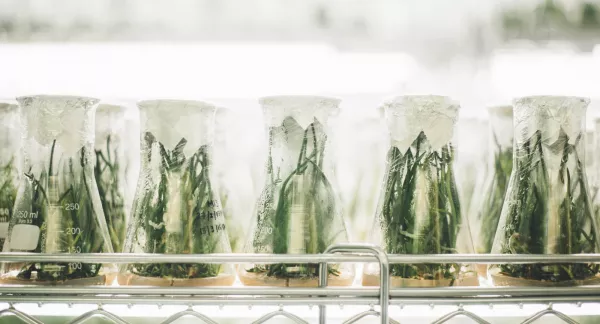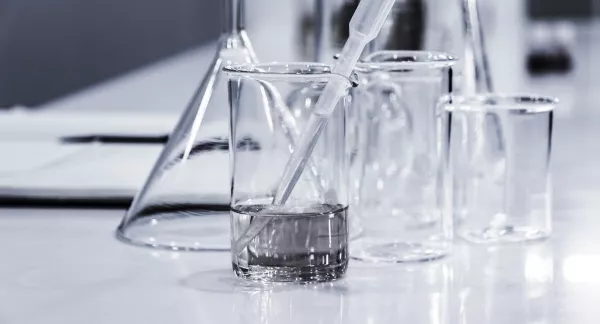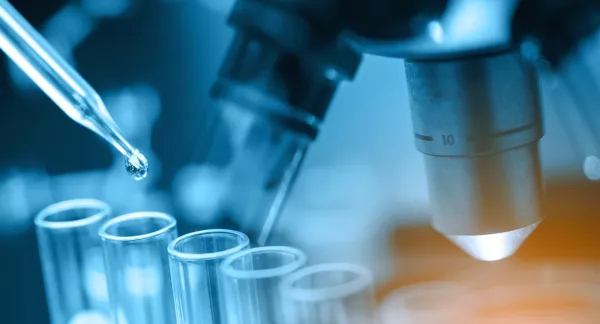Use of Ozone in Water Reclamation for Contaminant Oxidation
Abstract
Increased public awareness, potential human health effects, and demonstrated impacts on aquatic ecosystems have stimulated recent interest in pharmaceuticals and personal care products (PPCPs) and endocrine-disrupting compounds (EDCs) in water and wastewater. These trace organic contaminants (TOrCs) are largely unregulated, but their ubiquity has necessitated studies on the efficacy of various treatment processes for their removal and/or transformation. Since municipal wastewater is considered the primary source of PPCPs and EDCs in the environment, expansion and optimization of wastewater treatment processes may be the most efficient strategy to mitigate the potential effects of these contaminants. Ozone is a unique option because its efficacy is similar to that of high-pressure membranes and advanced oxidation processes. The project characterizes the use of ozone in wastewater treatment applications with respect to bulk organic matter transformation, contaminant oxidation, microbial inactivation, and the formation of disinfection byproducts and other transformation products. A secondary objective was to evaluate the synergism between ozone and biological filtration, including biological activated carbon (BAC) and soil aquifer treatment (SAT), in the context of potable reuse applications. Finally, the project compared the treatment efficacy of ozone- and UV-based oxidation and ultimately developed cost estimates for these individual unit processes and corresponding advanced water treatment trains.
Originally funded as WERF project Reuse-08-05.


